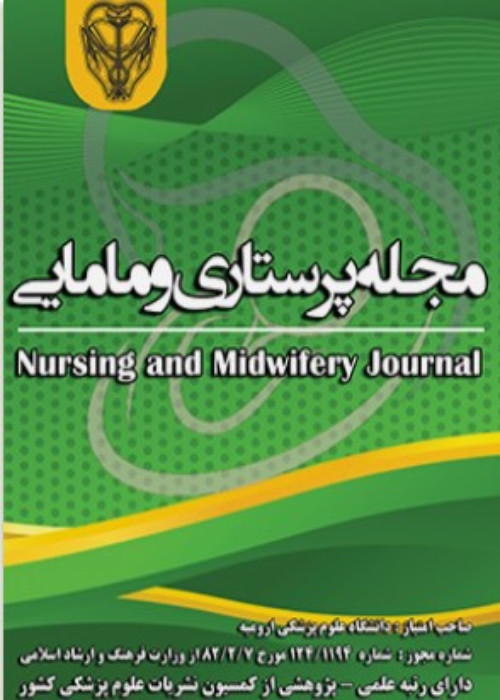EVALUATION AND COMPARISON THE 1 TO 3 YEAR-OLD CHILDREN S ATTACHMENT STYLES IN KINDERGARTENS AND NON-KINDERGARTENS OF URMIA CITY
Author(s):
Abstract:
Background and Aims
Attachment has a major effect on the development of children and to this reason topic of attachment has been great importance in recent years. The present research aimed to evaluate and compare the 1 to 3 year-old childrens attachment styles in kindergartens and non-kindergartens of Urmia city.Material &
Methods
This study was a descriptive analytical from type of causal-comparative. The statistical populations include all 1 to 3 year-old childrens kindergartens and non-kindergartens of Urmia city in 2016-17 academic years. The sample was 400 children (200 kindergartens and 200 non-kindergartens) of 1 to 3 year-old who were selected by cluster sampling method. The childrens attachment styles questionnaire (Huggar, 1999) completed by mothers of children. Data were analyzed by descriptive and multivariate analysis of variance (MANOVA) methods.Results
The finding show there was 336 children secure attachment, 28 children avoidant attachment, 21 children resistant attachment and 15 children disorganized attachment. From kindergartens children there were 171 children secure attachment, 13 children avoidant attachment, 9 children resistant attachment and 7 children disorganized attachment and from non-kindergartens children there were 165 children secure attachment, 15 children avoidant attachment, 12 children resistant attachment and 8 children disorganized attachment. Also, the children of kindergartens and non-kindergartens have a significant difference in secure and avoidant attachments, but havent significant difference in resistant and disorganized attachments. In addition, the children havent significant difference in attachments types in terms of gender and age (pConclusions
Regarded to findings can say that kindergartens children in compared with non-kindergartens children were in a better situation in terms of attachment style and kindergartens had a positive impact on the formation and improvement of attachment styles. So, what plays an important role in the formation of attachment styles is not the place of child care (home or kindergarten), but the availability of caregivers and their sensitivity to the needs of children is important. Keywords:
Language:
Persian
Published:
Journal of Urmia Nursing And Midwifery, Volume:15 Issue: 4, 2017
Pages:
252 to 262
magiran.com/p1725539
دانلود و مطالعه متن این مقاله با یکی از روشهای زیر امکان پذیر است:
اشتراک شخصی
با عضویت و پرداخت آنلاین حق اشتراک یکساله به مبلغ 1,390,000ريال میتوانید 70 عنوان مطلب دانلود کنید!
اشتراک سازمانی
به کتابخانه دانشگاه یا محل کار خود پیشنهاد کنید تا اشتراک سازمانی این پایگاه را برای دسترسی نامحدود همه کاربران به متن مطالب تهیه نمایند!
توجه!
- حق عضویت دریافتی صرف حمایت از نشریات عضو و نگهداری، تکمیل و توسعه مگیران میشود.
- پرداخت حق اشتراک و دانلود مقالات اجازه بازنشر آن در سایر رسانههای چاپی و دیجیتال را به کاربر نمیدهد.
In order to view content subscription is required
Personal subscription
Subscribe magiran.com for 70 € euros via PayPal and download 70 articles during a year.
Organization subscription
Please contact us to subscribe your university or library for unlimited access!



